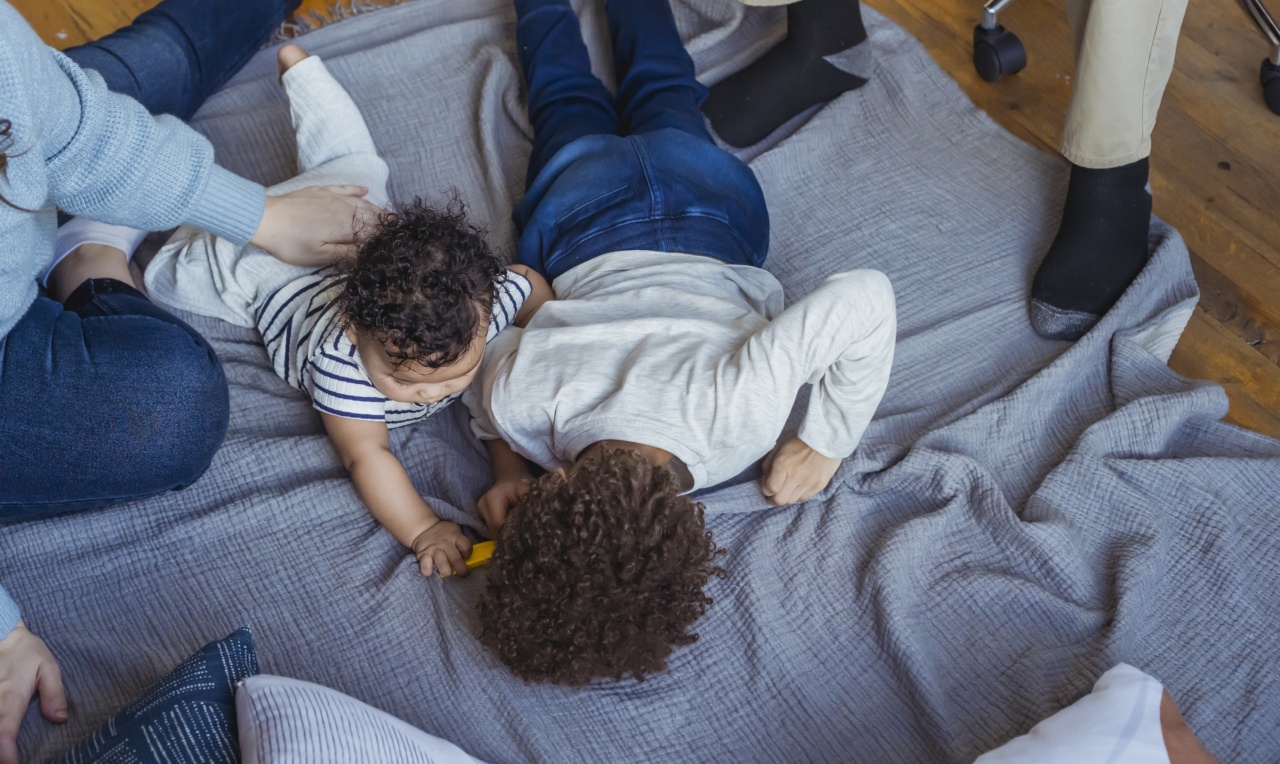Protecting infants from harmful UV rays is crucial to ensure their safety and prevent long-term damage to their delicate skin. Exposing infants to excessive sunlight can lead to sunburns, skin cancer, and other harmful effects.
This article aims to provide essential information on how to protect infants from harmful UV rays and promote safe practices for parents and caregivers.
Understanding UV Rays
UV (Ultraviolet) rays are a type of radiation emitted by the sun. They consist of three different types: UVA, UVB, and UVC. UVA rays have longer wavelengths and can penetrate deep into the skin, leading to premature aging and wrinkling.
UVB rays have shorter wavelengths and primarily cause sunburns. UVC rays are the most dangerous but are generally absorbed by the Earth’s atmosphere and do not reach the skin.
Why Infants are More Vulnerable
Infants have particularly sensitive and delicate skin, making them more susceptible to the harmful effects of UV radiation. Here are some reasons why infants are more vulnerable:.
1. Thinner Skin
Infants have thinner skin compared to adults. This means that their natural protection against UV rays is less effective, and they are more likely to suffer from sunburns and skin damage.
2. Less Melanin
Melanin, the pigment responsible for skin color, helps provide some level of natural protection against UV rays. However, infants have less melanin in their skin, making it harder for them to shield themselves from harmful sun exposure.
3. Inability to Communicate Discomfort
Infants cannot communicate discomfort or pain effectively. They may not be able to express that they are too hot, sunburned, or uncomfortable due to UV exposure.
Therefore, it is crucial for parents and caregivers to take necessary precautions to protect them from harmful UV rays.
Risks of UV Exposure in Infants
Exposing infants to excessive UV radiation can have several risks and long-term consequences. Some of these risks include:.
1. Sunburn
Infants’ sensitive skin can easily get sunburned, causing redness, pain, and irritation. Severe sunburns can even lead to blisters, fever, and dehydration.
2. Skin Cancer
Although the risk of developing skin cancer due to UV exposure in infancy may be low, the cumulative exposure throughout one’s lifetime increases the chances of developing skin cancer later on.
Protecting infants from UV rays during their early stages of life can significantly reduce their risk.
3. Eye Damage
UV rays can also harm infants’ delicate eyes. Prolonged exposure can lead to discomfort, inflammation, and increased risk of developing conditions like cataracts later in life.
Ways to Protect Infants from Harmful UV Rays
Now that we understand the risks, let’s explore effective ways to protect infants from harmful UV rays:.
1. Seek Shade
Whenever possible, keep infants in the shade, especially during peak sunlight hours between 10 a.m. and 4 p.m. Shade provides natural protection from direct UV exposure and reduces the risk of sunburns and other harmful effects.
2. Dress Appropriately
Covering infants’ sensitive skin with appropriate clothing can act as an effective barrier against UV rays. Dress them in lightweight and loose-fitting clothes that cover their arms and legs.
Opt for clothing with a tight weave since loose weaves allow more UV rays to penetrate.
3. Use Sun Hats
Infants should wear wide-brimmed hats that shade their face, neck, and ears. A hat with a sun flap at the back adds extra protection to the delicate neck area. Ensure that the hats fit properly and provide enough coverage.
4. Apply Sunscreen
When feasible and safe for infants, applying sunscreen is crucial. Select a broad-spectrum sunscreen with at least SPF 30 and apply it generously on exposed areas of the skin. Remember to reapply every two hours and after swimming or excessive sweating.
5. Use Sunglasses
Invest in infant sunglasses that provide 100% UV protection. Sunglasses shield infants’ eyes from harmful rays and reduce the risk of eye damage.
Look for sunglasses that are specifically designed for infants and have a wraparound design for maximum coverage.
6. Avoid Tanning Beds
Under no circumstances should infants be exposed to tanning beds. Tanning beds emit harmful UV rays that can significantly damage their sensitive skin. It is crucial to educate parents and caregivers about the dangers of using tanning beds for infants.
7. Check UV Index
Keep an eye on the UV Index, a forecast indicating the strength of UV radiation during the day. Higher UV Index values mean greater risk of sunburn and other harmful effects.
This information can help parents plan outdoor activities accordingly, avoiding peak UV hours when possible.
8. Create a Safe Environment
Make sure the environment around infants is UV safe. Install UV-protective films on windows at home and in vehicles to reduce UV penetration.
This additional layer of protection shields infants from the sun’s harmful rays, even when indoors or traveling.
9. Stay Hydrated
When spending time outdoors with infants, ensure they remain hydrated. Heat and excessive sun exposure can cause dehydration, leading to various health issues. Make sure they drink enough fluids, such as breast milk, formula, or water, to stay hydrated.
10. Lead by Example
As parents and caregivers, it is important to lead by example and practice sun-safe behaviors ourselves.
By adopting sun-safe habits and ensuring our own protection from UV rays, we set a good example for infants and teach them the importance of taking care of their skin.
Conclusion
Protecting infants from harmful UV rays is essential for their health and well-being. By understanding the risks, implementing preventive measures, and creating a safe environment, we can significantly reduce their vulnerability to UV radiation.
Remember, sun protection is a year-round commitment, so make sure to prioritize your infant’s safety no matter the season.




























